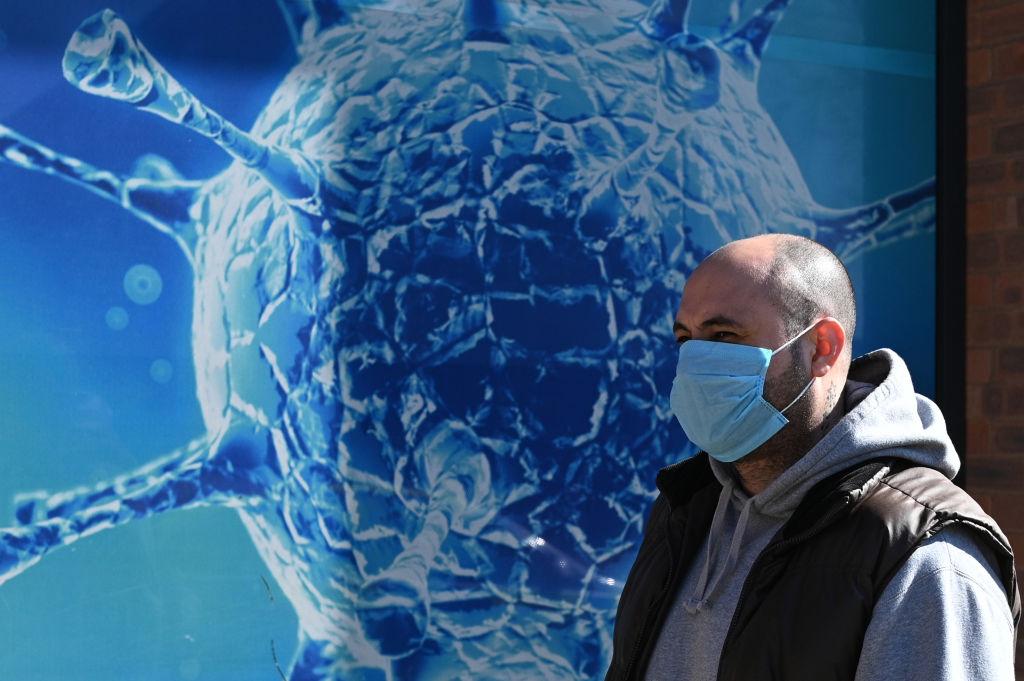RIO DE JANEIRO, BRAZIL – Patients who suffered the most severe form of Covid-19, a disease caused by Sars-Cov-2, had the virus in their system for a longer period than those who had mild cases of infection.
In samples taken from the respiratory tract (phlegm and saliva) of more severe patients in China, the virus was found for 21 days on average. In some cases, this period extended to 30 days. The average lifespan of the virus in patients without complications was 14 days.

The results stem from a study published by Chinese scientists on Tuesday, April 21st, in the BMJ (formerly known as The British Medical Journal), one of the most prestigious publications in the health field.
The research was conducted with more than 3,400 samples of secretions from the respiratory tract, urine, blood and feces of 96 patients seen at a hospital in Zhejiang, eastern China province. All participants in the study had Covid-19 confirmed by molecular tests (RT-PCR). Scientists classified 22 of the cases as moderate and 74 as severe.
Testing of samples showed that in patients with mild cases of the disease, the peak viral load occurs in the second week of infection. In patients with more severe cases, the amount of the virus in the body remained high in the third week of the disease.
“Everything suggests that the greater the viral load, the greater the chance of the patient developing the disease more severely. The potential for virus transmission also increases,” says Fabrizio Romano, an otorhinolaryngologist and president of the Brazilian Academy of Rhinology (ABR).
“This is one of the reasons why we see so many health professionals with Covid-19 complications, because they deal with greater proximity to more severe patients,” the doctor says.
In the most critical cases, the system fails to fight the infection and, thus, the virus is able to multiply in the body of the infected patient for longer, Romano explains.
“When these patients are discharged and go home, that doesn’t mean they have stopped passing on the disease. They must remain isolated until the test shows that the virus is no longer present,” he says.
The virus was also detected in stool samples from 59 percent of patients for an average period of 22 days – that is, longer than the virus is present in the respiratory system. Only one research participant had the virus detected in a urine sample.
According to Marco Aurélio Sáfadi, infectologist at the Faculty of Medical Sciences of Santa Casa de São Paulo, the scenario is particularly delicate when dealing with children or elderly people who need diaper changes, for instance.
The article does not provide the certainty of transmission through contact with excretions, since the molecular test, conducted to detect the disease in patients who participated in the research, identifies parts of the virus in the person, but does not determine whether it is still active to cause the infection. However, the study’s result shows that there is potential for transmission through this route, according to Sáfadi.
In the Chinese study, samples were taken from adult patients between the months of January and March this year. Sáfadi is currently conducting a study on children infected with the novel coronavirus, and the virus was also found in stool samples from younger children. The results have not yet been published.
“We cannot assume there is infectivity, but it is plausible that there is. This calls for greater attention,” says the infectologist.
According to Romano, the study conducted in China had reliable methodology, but would yield even more accurate results with the inclusion of a larger number of patients. The combination of drugs used by the participants in the research is another limitation pointed out by the doctor.
In the study, patients were administered corticoids, antibiotics or a combination of these drugs. All were treated with an antiviral drug. “We should be cautious before extrapolating these results to other populations that are given other medications,” says Romano.
Source: Folhapress

